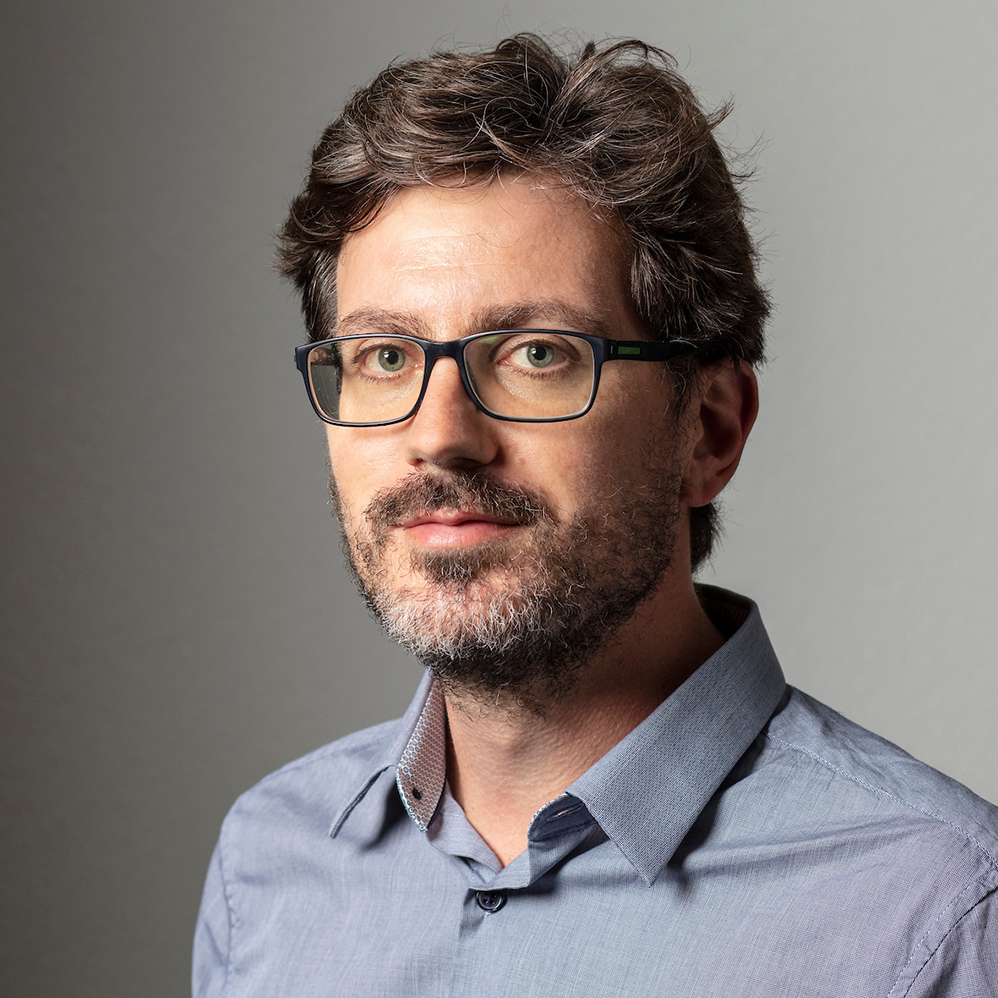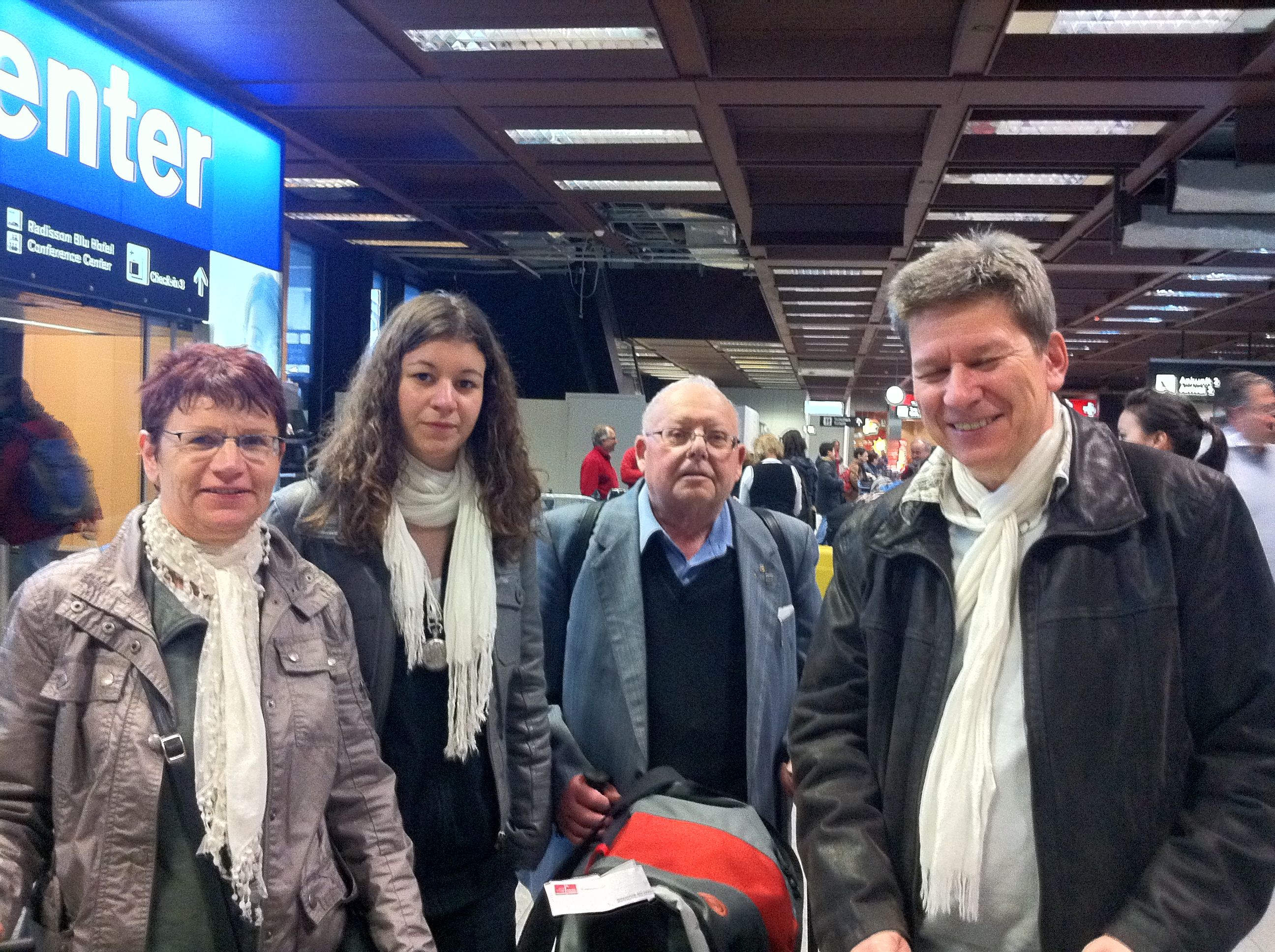Ex-IAEA official urges global nuclear reviews

Swiss nuclear expert Bruno Pellaud has called for systematic independent reviews of all nuclear plants worldwide to prevent future disasters like the one in Japan.
While criticising errors made during the current crisis, the former deputy head of the International Atomic Energy Agency (IAEA) tells swissinfo.ch he is angry about weaknesses identified in the past at the Fukushima nuclear plant that were neglected.
Nearly three weeks after the March 11 tsunami engulfed the plant, 240km north of Tokyo, engineers are still battling to cool down the cores of reactors but the operation has failed to stop radioactive leaks.
swissinfo.ch: Peter Lyons, a top American nuclear power official, told US senators on Tuesday that the plant is in a “slow recovery”. What is your general assessment?
Bruno Pellaud: Slow recovery may be a little bit optimistic, as there is a lot of radioactivity hanging over the plants making work very difficult. It seems some cooling of various reactors has been achieved, but there is still material in fusion and radioactivity is still being released.
If the inner containment of reactor number two has been breached it’s a major event, as the concrete underneath the reactor has not been designed to receive this molten metal. If cooling can take place and water added continuously until further measures, there is hope.
The thing is to keep the radioactivity in metal or water as the impact there is small compared with a release in the air. Sea water is not really an issue as there is enough mixing and the sea is so big. It will not hang there in that corner for more than a couple of days as there are currents.
swissinfo.ch: What is your view on the measures taken by plant operator Tokyo Electric Power Co (Tepco) and the Japanese government? Have they been the right ones?
B.P.: It’s clear that mistakes have been made in handling the situation – waiting too long during the first days to take measures like additional cooling – and there are limits to a very cumbersome decision-making process in Japan. But the criticisms go beyond that – maintenance has been deficient, control measures have been ignored, checklists have not been carried through and there was lying to authorities.
But my main anger is that these particular reactors in Fukushima have weaknesses that were identified a long time ago and were acted on elsewhere.
In Switzerland we added additional cooling systems [to Mühleberg nuclear reactor], taking water from deep underground or from reservoirs close to a facility. Numerous electrical supply cables were fitted and a second hard shell was installed from the beginning. Hydrogen re-combiners are commonplace to prevent explosions – these were not done in Fukushima. All this was done in Switzerland for little money and could have been done elsewhere.
The supplier, General Electric, didn’t sufficiently inform the Japanese about what was done in Europe and Switzerland.
The illusion has been that the Japanese know better and it’s impossible that we have something better in Europe, and yet it’s the case, and clearly measures could’ve been taken to avoid this situation, even with a tsunami.
swissinfo.ch: What’s your assessment of the ongoing management of information?
B.P.: In view of the state of confusion, there was a genuine attempt to inform properly, but in the chain of events between the facility and people measuring things on the ground to Tokyo and a press conference there are many possibilities for errors.
But it’s not comparable with Chernobyl, where there was obvious misinformation and retention of information.
swissinfo.ch: What about the International Atomic Energy Agency (IAEA), which has been criticised for being too slow to react to the crisis? Couldn’t it have done more?
B.P.: The IAEA is an international organisation with a historical mandate and a policing function purely for non-proliferation matters. In the safety field the IAEA has no official mandate except meetings of world experts to review safety standards. In 2008 they warned Tepco that seismic standards may be too low at Fukushima and something should be done but they couldn’t do more.
The only thing the IAEA has done for this crisis is to relay factual and technical information; that’s all they can do.
Should more be done? Yes, but whether it’s the IAEA or another body is another question.
[At the moment] the IAEA can send a review team of ten to 15 people to a nuclear power plant at the invitation of a country or facility to look at everything – how it’s built, operated and maintained – and then issue a report. But [every year] the invitations only come from the [half a dozen] “good students” who have nothing to fear. But this should be done everywhere. There was no IAEA review of Fukushima. There should be independent systematic reviews and consequences drawn by governments or neighbours.
I’ve been in this nuclear business for a while and I thought that these things were organised. I discovered with this Japanese accident that it’s not always the case.
Pellaud was former deputy head of the International Atomic Energy Agency (IAEA), from 1993 to 1999, dealing extensively with North-Korean and Iranian issues. From 2001 to 2009, he was president of the Swiss Nuclear Forum.
He has maintained a key interest in nuclear energy and non-proliferation and currently writes on nuclear issues for the influential American website Huffington Post.
The Fukushima Daiichi nuclear power plant, 240km north of Tokyo, was seriously damaged by the March 11 earthquake and tsunami. It has been described as the world’s worst nuclear crisis since the 1986 Chernobyl accident.
Two of the six reactors at the plant, operated by Tokyo Electric Power Co, are considered stable but the other four are volatile and once under control will be scrapped.
Workers are struggling to restart the cooling pumps in four reactors that were damaged by earthquake and tsunami and later doused with seawater. The immediate challenge is to pump out radioactive water flooding the basements in reactors No.1, No.2 and No.3.
The No.2 reactor is emitting high levels of radiation at more than 1,000 millisieverts an hour in both the water and air in the basement of the turbine building. The national safety standard is 250 millisieverts over a year.
Because of the high levels of radiation in the water, experts suspect damage to the pressure vessel around the No.2 reactor core, as well as in valves and pipes leading out from the containment structure. They say it may take months to bring that reactor to a cold shutdown.
The main risk comes from the radiation that will continue to seep, or burst out each time a pipe leaks or rising pressure forces workers to vent steam. Leaking water from within the nuclear pressure vessels could enter the soil and the ocean, while spikes in radiation could contaminate crops over a wide area.
On Thursday pressure mounted on Japan to expand the evacuation zone around the plant. France, which has sent nuclear experts, said it wanted to host a meeting of G20 nuclear power watchdogs in May to define new international nuclear safety standards in the wake of the disaster in Japan.

In compliance with the JTI standards
More: SWI swissinfo.ch certified by the Journalism Trust Initiative













You can find an overview of ongoing debates with our journalists here . Please join us!
If you want to start a conversation about a topic raised in this article or want to report factual errors, email us at english@swissinfo.ch.